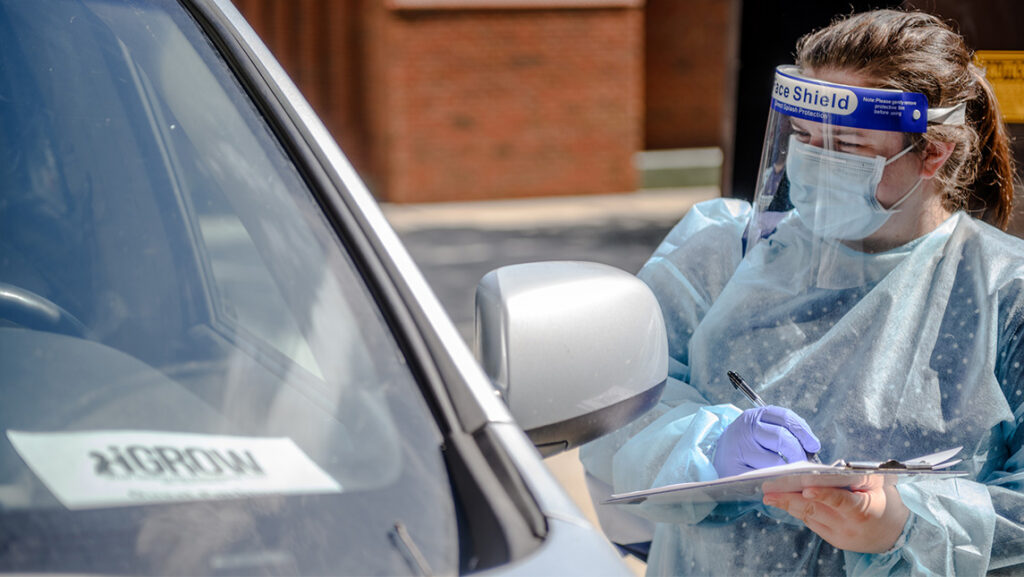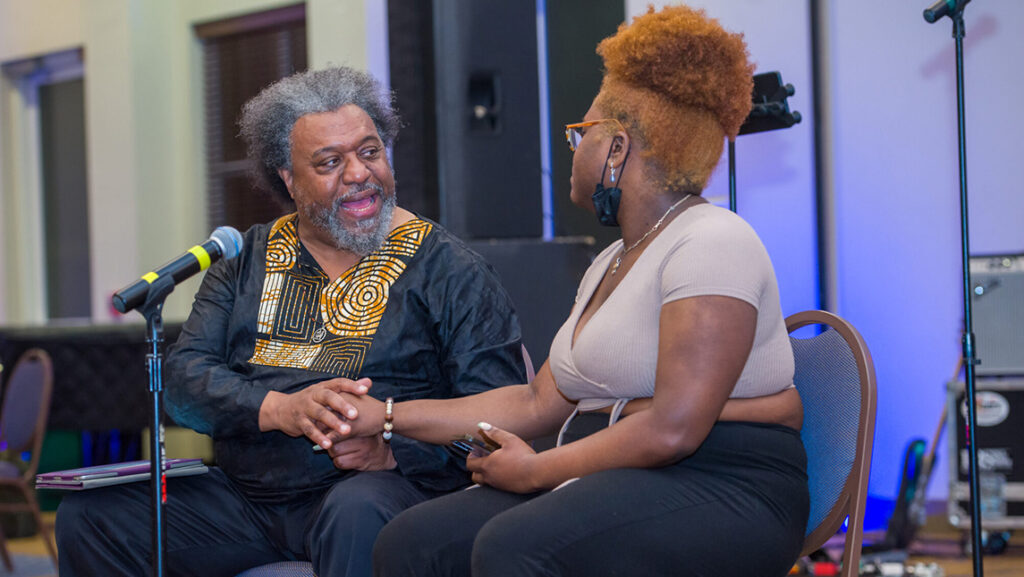
Dr. Sherine Obare (Joint School of Nanoscience and Nanoengineering) received new funding from the Georgia Institute of Technology/Primary: National Science Foundation for the project “NNCI: Southeastern Nanotechnology Infrastructure Corridor (SENIC).”
The Southeastern Nanotechnology Infrastructure Corridor (SENIC) is a partnership between two southeastern nanotechnology centers along the I-85 corridor with complementary tool sets and ex-pertise: the Institute for Electronics and Nanotechnology (IEN) at the Georgia Institute of Technology (GT) in Atlanta, GA and the Joint School for Nanoscience and Nanoengineering (JSNN), an academ-ic collaboration between North Carolina A&T State University (NCA&T) and the University of North Carolina at Greensboro (UNCG) in Greensboro, NC. SENIC has operated as a National Nanotech-nology Coordinated Infrastructure (NNCI) site since September 2015 and has developed its vision and goals with input from its advisory board as part of a strategic plan that was initially developed in 2016 and refined in 2017. This strategic plan forms the basis for this renewal proposal, with programs and initiatives in support of the strategic goals being modified based on the lessons learned during the first 5 years of the NNCI program.
The SENIC vision is to be a premier nano-fabrication and nano-characterization resource to southeastern US user communities from academia, small and large companies, and government organizations, providing tools, staff expertise, educational and outreach activities, as well as societal implications of nanotechnology programs.
This vision is supported by the following five strategic goals and the programs and initiatives in sup-port of these goals are discussed in the later sections of the project description.
- Develop and Serve Diverse User Base: The goal is for SENIC to develop and serve a user base primarily from the southeastern US that is diverse in terms of its (1) technical and scientific background (serving both traditional and non-traditional users), (2) demographics (gender, ethnic-ity and level of education), and (3) affiliations (4-year and 2-year colleges, small & large compa-nies, government). Our quantitative goal for the second 5-year period is to increase the number of external users by 10% per year, with an even distribution between external academic and in-dustry users.
- Develop Strong Synergies between Partners: The goal is for SENIC to appear as a single user facility with two locations to outside users while developing strong partnership initiatives that strengthen staff expertise, fabrication and characterization capabilities, as well the education & outreach and SEI programs offered by the two partners.
- Expanding Capabilities based on Future Research Trends: The goal is for SENIC to develop a plan for expanding the SENIC nano-fabrication and nano-characterization capabilities based on future research needs of current and future users. In particular, we plan to add and/or upgrade at least 10 tools (or unique capabilities) per year.
- Develop Educational & Outreach and SEI Programs Targeting the Southeast: The goal is for SENIC to focus on the most effective education & outreach (particularly workforce development at the undergraduate, graduate and community college level) and SEI programs for the south-eastern US target clientele and develop measurable metrics for these programs.
- Assist NNCI Network in Becoming More Than the Sum of its Parts: The goal is for SENIC to assist the NNCI and its Coordinating Office in strategic initiatives that strengthen the network.


